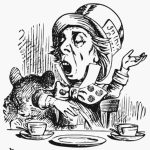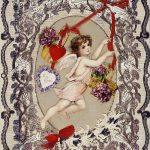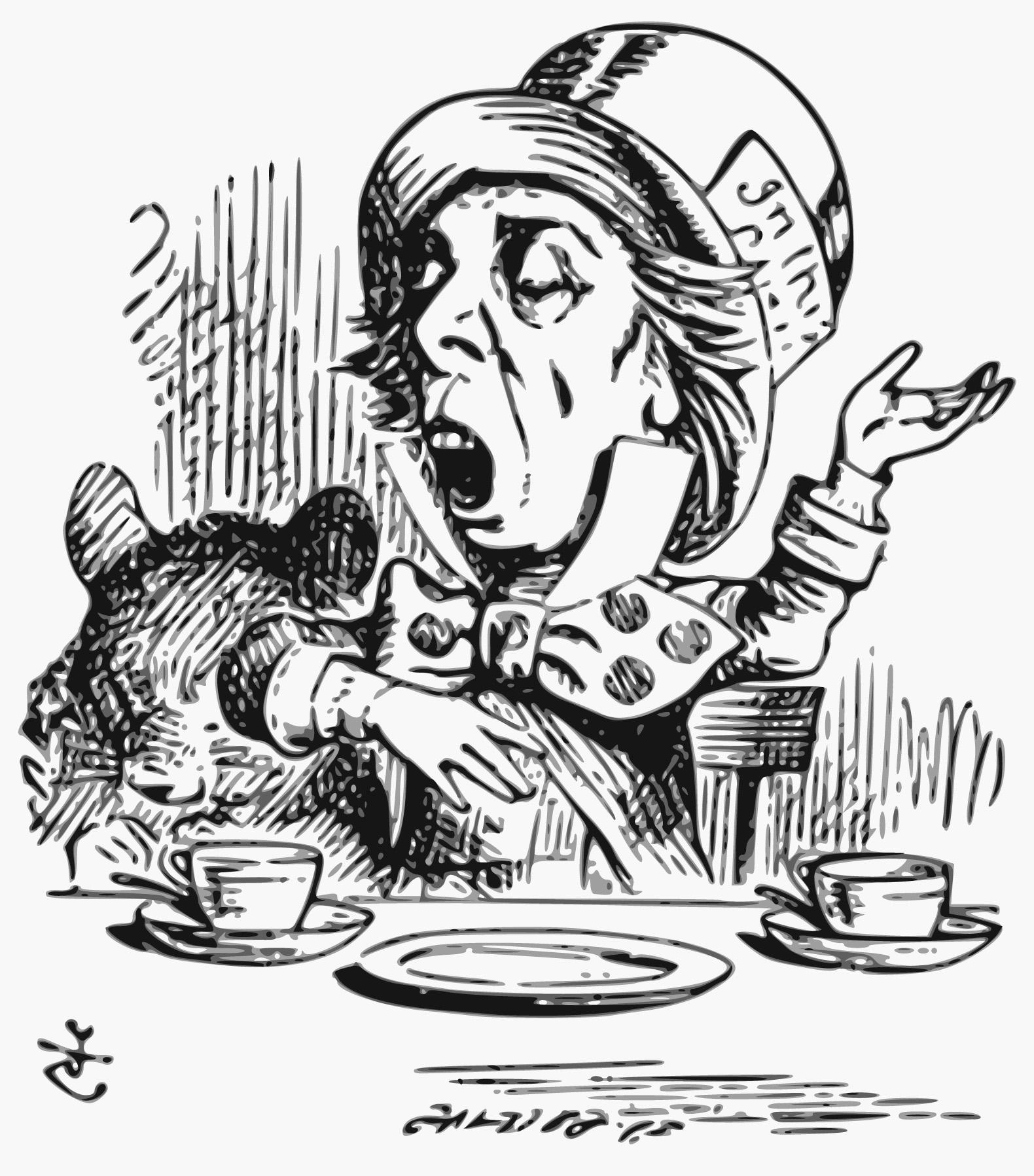With the summer season approaching, we will see many changes in around the car parks and beach areas of our village. However, something that happens all year round is horse riding on the beach. This month, I am going to look at superstitions surrounding horseshoes.
Horseshoes are often seen hanging above entrance doorways of homes all around the world and it is widely believed that they will ward off the Devil.
In the western world, this is thought to be attributed to Edward G, Flight’s book, The True Legend of St. Dunstan and the Devil, which describes a first-century blacksmith monk, who later became the Archbishop of Canterbury and a much-loved Saint in England. The story tells of how Dunstan was asked to make some horseshoes for a man’s feet and, as Dunstan prepared the man’s feet for shoeing, he noticed the feet were cloven hoofed and realised that the man was the Devil. Dunstan bravely drove the nails into the soft centre of the hoof which caused the devil so much pain that he didn’t dare to go near a horseshoe again!
In other religions, which pre-date Christianity and St. Dunstan, the protective power of horseshoes has been documented. Hindu texts, as well as ancient stone carvings, paintings and architecture, show a downward pointing horseshoe and use the Sanskrit word ‘Yoni’ to describe the sacred womb of the Goddess Shakti, believed to be the origin of all life. Pagans believed a horseshoe represented the crescent moon, symbolising the moon Goddess, Artemis. Arabic countries incorporated the horseshoe into amulets believed to protect the wearer against the Evil Eye, and British, Celtic and German folklore told that a horseshoe nailed above the door defended the home from witchcraft.
In the UK and the US, a more secular idea that a horseshoe brings good luck, rather than seeing off bad luck, has prevailed. Significantly, the hanging of a horseshoe with the open end up is thought to stop the good luck falling out, although some traditionalists warn that this will encourage trouble-making pixies to use them as seats. The solution? Hang the horseshoe with the open end up, but at a slight tilt!
Across the rest of the world, horseshoes are usually hung with the open end pointing down as it is believed that it mirrors the sacred womb. Whichever way it is hung, it seems to be universally agreed that keeping it in place with seven nails is the luckiest!
I have never found a horse shoe on the beach but if you are lucky enough to come across one, be sure to pick it up and take it home with you! However you decide to hang it, it is certainly thought to be a lucky omen!
[Editor’s note: St. Dunstan was the favourite saint in England for hundreds of years and was buried in Canterbury Cathedral. St. Dunstan’s Church is in the parish of St. Dunstan within the City of Canterbury which is on the left bank of the River Stour.]







